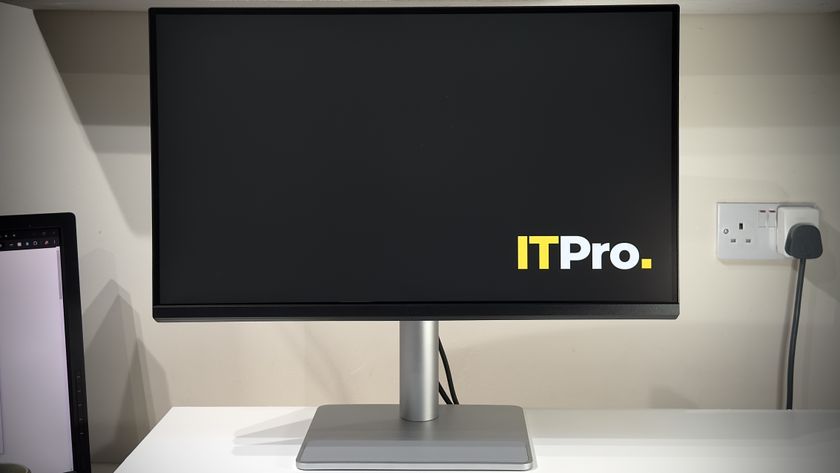Need to Know: Intel’s Xeon 5500
Right now every major vendor is falling over itself to release servers and workstations using Intel’s new Xeon processors...
Threading in applications refers to parallelism or running lines of software code at the same time. It doesn't take a genius to realise that if your program can do this it can make things quicker.
For those applications that are multi-threaded, (think of them as female) Intel has introduced Hyper-Threading that can run two threads within each core effectively turning four cores into eight giving 16 threads in a dual-socket system.
Doesn't that eat power for breakfast?
Nope. Nehalem is also great at saving power when it's not needed. When things are quiet, the cores can power themselves down to an almost zero output low power state that saves power automatically. When that power is needed again it can jump out of that mode quicker than ever before.
Power-wise there are three models available: high-performance 95W, standard 80-Watt and low-power 60-Watt.
What about virtualisation?
This is much improved. Nehalem is great for virtualisation as it provides more hardware assistance for virtual operating systems, rather than having to go via software. This means it's now possible to perform live migration of virtual operating systems and applications - a technology called VT FlexMigration.
Get the ITPro. daily newsletter
Sign up today and you will receive a free copy of our Focus Report 2025 - the leading guidance on AI, cybersecurity and other IT challenges as per 700+ senior executives
So what's in it for me as a business?
The benefit of all this new technology is not for its own sake. Intel says the chip's extra performance in a workstation means much greater productivity. As we all know, time really does equal money and this means that many systems could pay for themselves in a matter of months.
Intel says the processor consumes less power than the older chips when going full pelt and when in idle mode the 5500 series uses 50 per cent less power than the previous generation. For a server, that translates to cooler - and therefore cheaper to run - data centres, not to mention ones that are also much greener.
In essence, there's quite a lot for businesses to get excited about.
For further information...
How will this new technology affect rival chip maker AMD?
If you've got any other questions about the new processors, why not join our live chat with Intel experts on Thursday 2 April?
Want more background on the latest IT topics? Click here for all the tech cheatsheets in our Need to Know series.
Benny Har-Even is a twenty-year stalwart of technology journalism who is passionate about all areas of the industry, but telecoms and mobile and home entertainment are among his chief interests. He has written for many of the leading tech publications in the UK, such as PC Pro and Wired, and previously held the position of technology editor at ITPro before regularly contributing as a freelancer.
Known affectionately as a ‘geek’ to his friends, his passion has seen him land opportunities to speak about technology on BBC television broadcasts, as well as a number of speaking engagements at industry events.

















